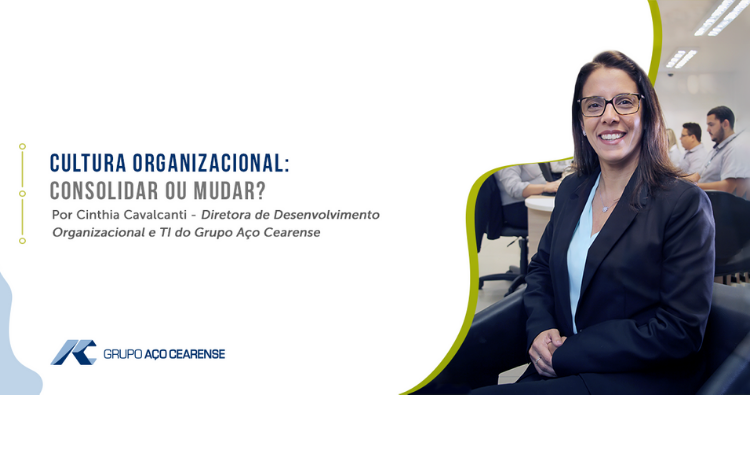
The topic of Culture in Organizations has been a recurring theme in various forums, whether discussing employee engagement, increasing team performance, establishing multinational companies, or improving communication between individuals. It often appears as a subjective topic, with hidden aspects, difficult to understand. So, what can actually be managed in this area? How does culture influence the life of organizations? Is it necessary to adapt, or is it possible to change the existing culture?
Renowned scholars in organizational culture research, such as Edgar Schein, define it as the pattern of basic premises that a given group developed in the process of learning to solve its problems. These assumptions have worked well enough to be taught to new group members as the correct way to perceive, think, and feel about these problems. The analogy in which organizational culture functions as a lens that structures people's perceptions of the reality they share is also quite illuminating.
Concern for organizational culture arises when the organization wants or needs to generate competitive advantage through a strategy to generate value for the customer, not only with products and services differentiated from the competition, but with a costly, exclusive and valuable capability to imitate, intrinsically related to the organization's history.
The first step would be to diagnose the organization's cultural profile – there are several diagnostic models and tools available. Generally, the result doesn't yield a single, fixed profile, but rather several aspects that can be analyzed and addressed. Some aspects are easy to observe, such as the physical environment, communication methods, celebratory events, and stories told and repeated. Other aspects correspond to the influence of leadership, particularly founders, who define strategies, goals, methods for achieving objectives, and values and beliefs that express how the organization achieved success. Culture manifests itself in the unconscious perceptions, thoughts, and feelings that are the source of human behavior, so it is also the role of leadership to influence and manage these aspects.
The analysis and interpretation of the cultural profile must also involve measuring how clear the culture is to people, as there is a risk of interpreting something solely based on the observer's feelings and reactions, meaning that people lack clarity about the aspects that influence them, which makes the culture more or less powerful. The pursuit of a clear, strong, well-defined, and widespread culture precedes the process of identifying the areas that need to be changed or managed.
I participated in a survey, where the diagnostic results showed that the culture wasn't clear to people. Business units within the same company perceived that the success achieved was driven by aspects that needed to be maintained and strengthened, while other units perceived that the same aspects needed to be changed. The performance of senior management was crucial in leading a process of unification and communication to consolidate the corporate culture.
Organizations invest in formulating their strategies in various ways, using different models, but there are studies that show that strategy execution fails, and when it comes to culture, this occurs because organizations do not have cultures aligned with the formulated strategy, be it a culture of performance, innovation, or agility, depending on the need to support its execution and management.
Specific cultural characteristics, such as leadership profiles and management models, are aspects that shape a company's results. Understanding the existing cultural profile allows it to be aligned with organizational objectives. If any of these elements truly need to be changed, it is recommended to design an organizational change plan, involving engagement with organizational members at various levels. This plan focuses on the cultural aspects that need to be managed, changed, strengthened, or otherwise, to more effectively execute the corporate strategy.
Put Cinthia Cavalcanti (Director of Organizational Development and IT at Grupo Aço Cearense and Master in Business Administration from UNIFOR, with an emphasis on research on topics related to Organizational Culture and Business Strategy)